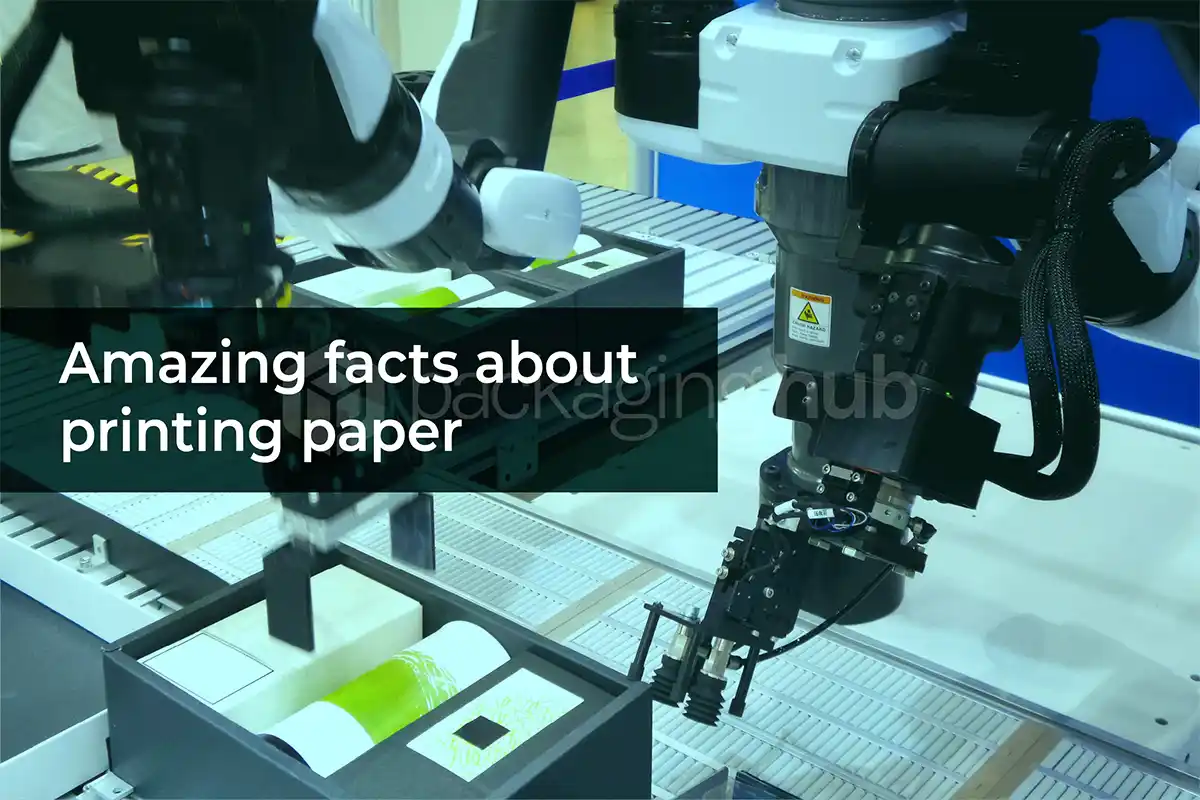Home » Blog » 5 Amazing Facts About Choosing Printing Paper

Last Updated on February 25, 2025 by
Are you looking to make your print jobs memorable and want to know about the best printing paper options? So, using these can help you get the right results for your print jobs.
This article will help you with several aspects of selecting the right paper for your type of job and preferences. So, you can read about paper weight, opacity, finishes, and brightness. This article will help you understand the basics of choosing the right type of paper for your printing job.
Table of Contents
ToggleThe weight of paper can be a prominent feature that you should be very careful about when choosing the paper you wish to use. So, there are some facts that you should consider, like:
Some paper types work for specific jobs, like letterheads, and may be printed on text paper. At the same time, you can use them for newsletters, flyers, and works for printers.
Then there are card stock papers you can use for invitations that may be super important for you. In short, you may like to use these great quality products for an important product.
Also, it would be best to try using a good lamination that can help you when it is thicker, but a thinner one may also work well.
We also have different paper categories that you can use for other print jobs, for instance:
A paper type’s weight measurement is in grams per square meter. Paper weight also matters for the ink type you use for your printing.
You should consider opacity when using paper for a print job. This feature shows the visibility percentage you have. Most papers fall between 80 to 98 percent of visibility or opacity.
If you analyze a tracing paper for opacity, you will find out that it has low opacity, and it is essential to know this feature. You should know if the graphics will show at the back of the paper when you print it there. Different factors determine a page’s opacity, like material type, coating, and certain chemicals used in the paper.
So, you should carefully use the right paper density and opacity for your print job. And make sure that you choose according to the need for graphics showing in the back or not.
Paper brightness can change the look of your print product, so use them carefully. Ensure you use low brightness if you want help with color, and do not use deeper tones. Also, you should know white balance and true white that matter for print colors.
A paper finish feature shows the surface or the texture of a paper. This feature can help you get better results for several paper types, so you should know it well when choosing a paper. You can use several styles for your product, so choosing them wisely is essential.
Counted and uncoated finishes are two of the most famous ones. The coated type of finish can not get new ink, and the user can not write anything on it. Glossy and matte work well for a clean look and are durable.
Also, you can print high-resolution content on them that may facilitate and fulfill your needs.
On the other hand, an uncoated type of paper has a more natural feeling, and the ink color would also look different. Papers with such finishes do not have glare, and you can also take notes on them.
So, if you need something that you want to display, you can use uncoated papers. Also, it would work for something that you think can be used for taking notes.
Cast-coated finish paper is another type you can use if you want the ink to absorb deep into it; such a paper would let the ink absorb deep with fewer chances of smudges and has micro and nanopores. So, it is a great recipe for great professional work with a better chemical coating.
If you are looking to choose between matte paper and glossy paper, you should know the following facts about them:
Semi-gloss paper is another type of paper finish that you can use, and it stays matte and glossy. It has texture and glare with more colors. The more gloss you have in the paper finish, the better shine you can find in the paper.
Also, it works with better colors and more vibrant images. It is better for big graphics, while the matte finish would work for black-and-white prints, too. Also, you can use it to give your paper a flatter feel.
We discussed some tips we must use when looking for the right type of paper. So, using the right paper weight, opacity, and finishes can impact your print products. You can use heavier pages for something more critical, while lighter paper may work for something less significant.
Also, you should know opacity to make sure that you control the print visibility from the other side. You can also read about paper finishes and brightness to ensure you use the right features.
When it comes to standard printing paper size, there are two types you should know about:
Cardstock is a thicker and heavier version of paper which is commonly used for the following products:
Sublimation printing is done with sublimation paper, which is crucial for this process. This type of printing works by transferring the sublimation inks onto the substrate. Such papers have a special coating that helps you print without bleeding or smearing. When using this coating to improve your print, you can evaporate the ink at the right temperature.
Two types of paper sizes are used for printing worldwide: the North American and the international systems or ISO.

Order your stylish and durable custom boxes and packaging from a team of industry experts.